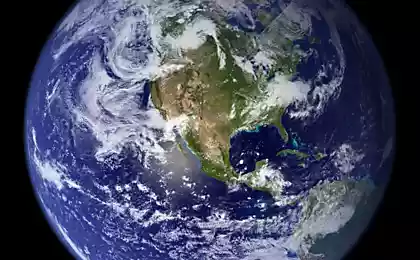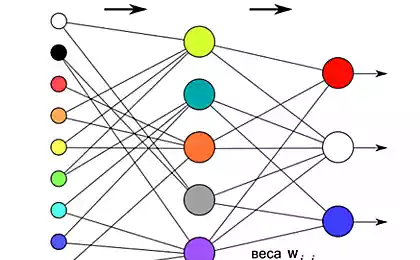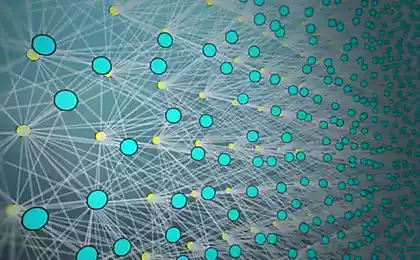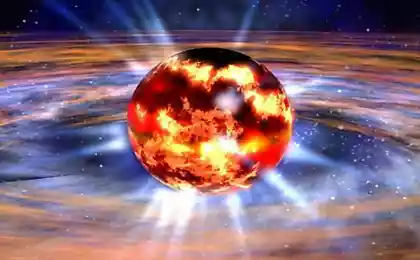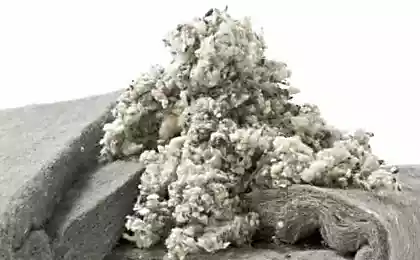436
Scientists were wrong in the assessment of the ozone layer
When scientists thought that the worst days of the ozone layer is already behind us, it turned out – they were wrong. Recently published results show that a natural mechanism that filters air rising to the heights of heaven, may not work as previously thought. If subsequent studies confirm the conclusions announced, it could have large implications for assessments of global climate.
The sky is divided into two main layers: the troposphere near the Earth's surface and the stratosphere, which starts from 17000 feet above her. In addition to this, the air that we breathe is permeated with hydroxyl radicals (OH) which is filtered aerosols. They neutralize most of them before harmful compounds can reach the stratosphere, preventing damage to the ozone layer.
New work led by researchers from the Alfred Wegener Institute (AWI) in Potsdam, means that filter IT may not be as reliable as previously thought. In 2009, AWI scientists conducted a study in the Western Pacific ocean. As a rule, the amount of ozone in the stratosphere ranges from 30 to 100 parts per billion of air molecules.
But the AWI researchers found that the levels in the Western Pacific below 10 particles of ozone per billion. This indicates that IT levels in the troposphere may be significantly lower than previously thought, and their filtering effect is less pronounced.

"This discovery could have broad implications for understanding how the stratosphere," says James Anderson, an atmospheric chemist at Harvard University.
If IT is the filter in the troposphere, indeed, less effective than scientists thought it would be a potentially important direction for "injection" of pollutants that can damage the ozone layer. And this might explain why previous studies measured the levels of chemicals that Deplete the ozone layer, more of the expected values. For example, scientists have always known of bromine in the stratosphere more than they could explain. Error in the power filter OH may explain the discrepancy.
Climatic consequences can be wide. Sulphur emissions, aerosol pollution, from burning coal, is rapidly growing in South-East Asia. If the data is correct, it may mean that the pollutants have an easier path to the stratosphere than previously thought.
Source: nauka24news.ru/


